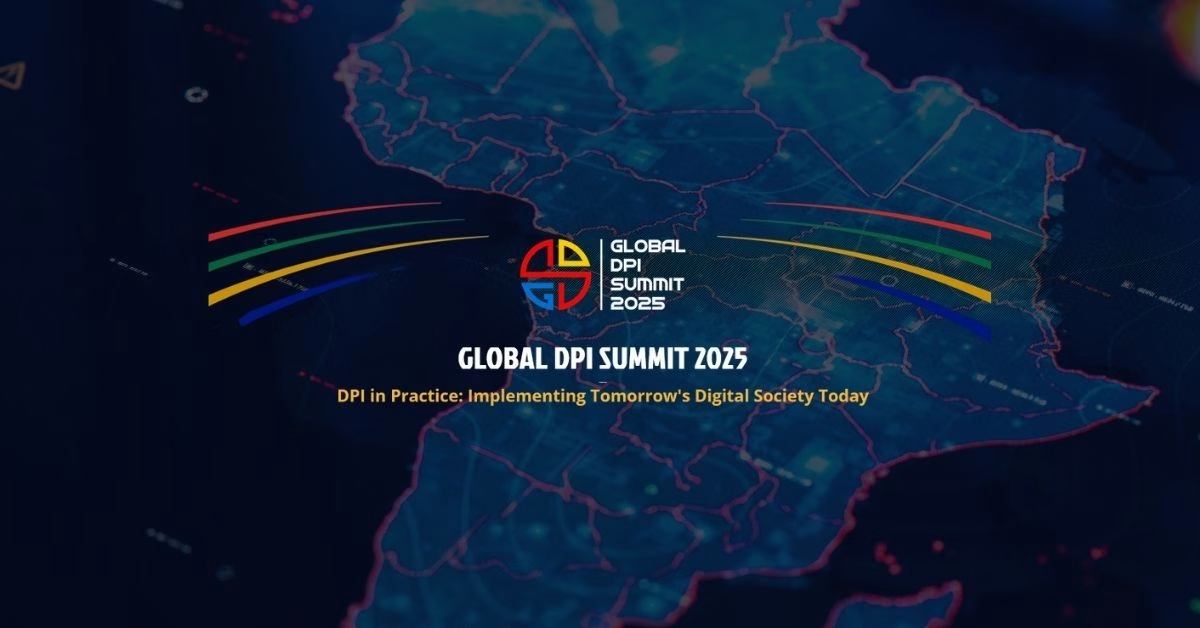It is not ‘culturally proper’ to call the situation a famine, says Tesfa Ghebrabe, a local Ethiopian agricultural investor, but there is definitely a shortage of animal feed in Ethiopia and the rest of East Africa. Growing populations and incomes continue to drive livestock demand, which could grow as high as 50 percent in certain cities, particularly in Tanzania’s capital Dar es Salaam and Ethiopia’s Addis Ababa.
With increased production of livestock products and urbanization, there is a growing deficit of animal feed across the region. Maize – the favored input for animal feed – accounts for an average of one-third of the daily caloric intake for East Africans. Humans generally win competing for battles over food with animals, says Tesfa, with the low-quality maize usually left to produce animal feed. The greatest imbalance is found in Ethiopia, where food supply struggles to meet the current and rapidly growing demand of an increasing population. Available arable land in the region provides farmers with an opportunity to boost maize production, but growing urbanization in the region is eating into available land. “We benefit as an industry because of urbanization and the accompanying demand,” says Tesfa, “but it is a catch-22 if the population eats into this land resource.” As urbanization approaches the projected 35 to 40 percent in certain countries, especially in Kenya and Tanzania, human influence on animal feed quality and quantity will be exacerbated unless urgently addressed.

Pricing Pains
Animal feed pricing in the region further complicates the story. Low maize prices benefit livestock farmers in Uganda, but the low quality of the maize refutes those same benefits. Higher maize costs and low quality have forced livestock farmers in Tanzania and Ethiopia to consider a multitude of different ingredients for animal feed. Ethiopian farmers, for example, use a mix of potato products, wheat products, oilseed products and household wastes like coffee residue. The potential of these potato and wheat by-products is undercut by the rising caloric value found in Ethiopian food. Tanzanian and Kenyan farmers argue that the local caloric intake of such products has already climbed to a level that makes such products hard to use in animal feed. Oilseed products have the greatest potential, with the highest quality and amount of animal feed coming from seed processing excess. Yet, while the region exports a great amount of seed and nut products, its processing capability remains very low. Experts estimate that Ethiopia could see the greatest growth. Processing could double in the next 3 to 5 years through investment in the sector. Kenya and Tanzania could also see immense growth but have not attracted similar investor interest.
The Livestock Conundrum
Livestock farmers also face a pricing problem. Demand for their products, especially poultry, are skyrocketing. On average, chicken in East Africa – particularly in Tanzania and Ethiopia – costs nearly 25 percent more than fish, 45 percent more than beef, and 300 percent more than beans. Price sensitivity still wins out for East Africans against their desire for higher protein intake. Investors constantly seek ways to boost poultry production at a cheaper cost, but livestock farmers cannot drop prices because the essential input in the quality and quantity of raising animals is animal feed. On average, poultry feed accounts for 65 percent of total production costs. In countries, such as Rwanda and Burundi, where the animal feed industry is in its infancy stage, farmers complain of facing animal feed costs above 70 percent of total production costs.

Such constraints invite creativity from governments and investors. Ethiopia and Kenya have aggressively sought to grow their livestock farming in rural areas to avoid the effects of urbanization. Local producers have also engaged international agencies and advisers on how to enhance poor animal feeds through protein and other nutritional additives. Small-scale projects are showing the potential of such efforts, but the Tanzania Animal Feed Manufacturers Association (TAFMA) says greater success requires greater knowledge. According to TAFMA, most farmers currently struggle to understand their feed inputs and associated costs, making it tricky to find the balance between lowering costs and maintaining quality.
“Mineral and vitamin inputs can confuse even the most astute farmer”, says Hector, a Tanzanian farmer, “especially those operating in a low technology setting”. Very few of Hector’s Tanzanian counterparts employ technology in their processing. As a result, biotechnology in feed production wrestles with a reluctant industry. Information and communication technology upgrades – whether computers or mobile phones – could tremendously help the industry overall. Such upgrades could better facilitate the industry’s ability to record data, summarize information, and transfer knowledge.
Commercialization, The Future of Livestock Farming?
What is likely to happen is a trend similar to other regions of Africa. Eventually, livestock farmers will eventually develop in-house animal feed processing capabilities, but in the short-term, the likelihood of seeing this trend overtake the region is low. Thus animal feed producers have the potential to more than double their profits in the next few years with greater volume production and lower prices.

Uganda and Ethiopia could benefit the most from investment in the animal feed processing sector. Kenyan processing companies already import the raw materials from both countries. Uganda’s animal feed processing sector has failed to capitalize on its inherent advantage of low maize prices and transport costs. Ethiopia’s sector could instantly improve through better interaction between seed and nut processing companies. For instance, most food processing companies in that country still toss potential feed out as waste even though livestock farmers have indicated a growing interest in buying the waste, even waiting at the gate and transporting it themselves. Such missed opportunities and efficiencies currently give Kenya an advantage in the region. Greater partnership between investors and government agencies could change the outlook for the future. But until then, the animal feed sector, and subsequently the livestock sector, will continue to underperform.











